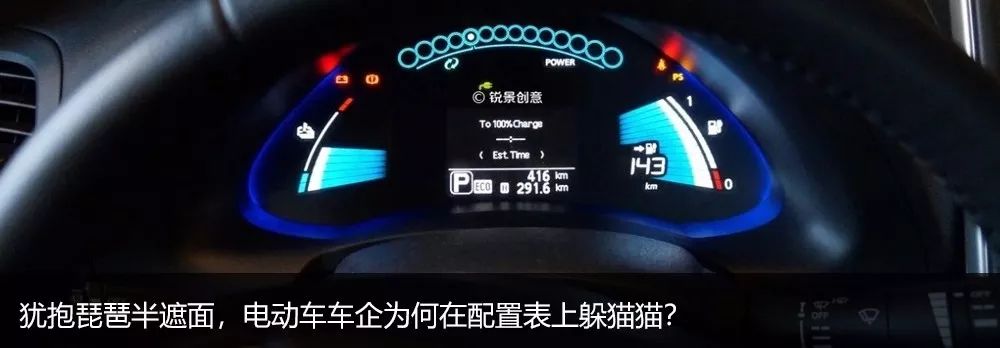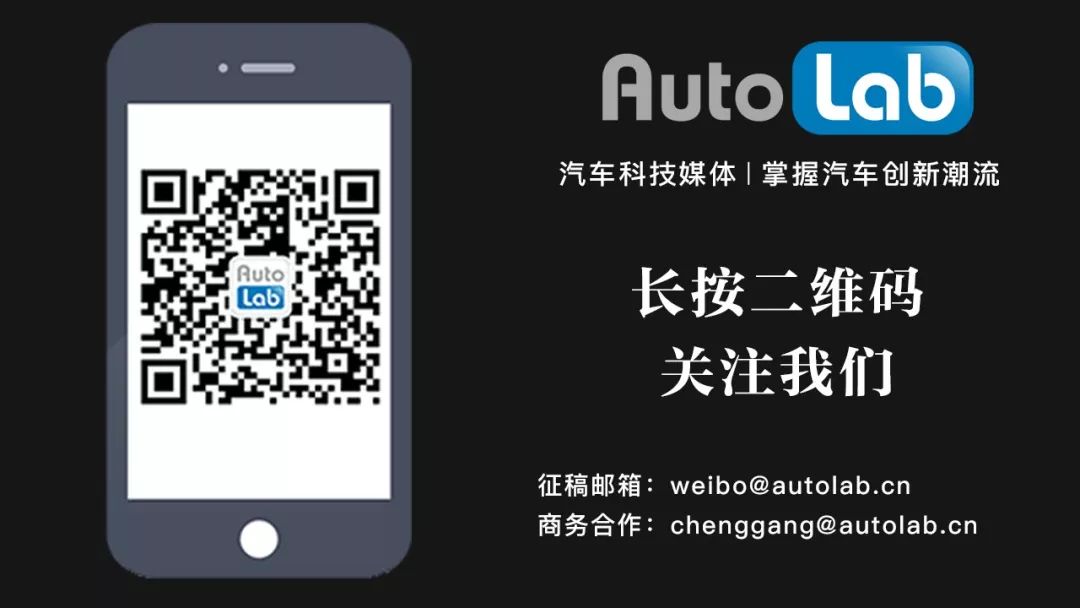Compared to the previous article on “Intelligent Driving” (click to view), this article’s theme “Vehicle Networks” has more room for imagination. Many people have a rough outline of intelligent driving and can see a boundary, but their awareness of vehicle networks is not as clear. Today, let us explore the possibilities of “Vehicle Networks” and what the future of vehicle networks will look like.
Vehicle Networks and Intelligent Driving
Vehicle networks are closely related to autonomous driving and can largely be understood as an enhancement and supplement to the advanced version of autonomous driving. Through the interconnection of vehicles with each other, with people, with traffic infrastructure, and with the network, autonomous vehicles that already have environmental perception capabilities can also gain the ability to “predict the future.” If L4-level unmanned driving reaches the level of human drivers and can replace humans in controlling vehicles, then autonomous driving with vehicle network skills has surpassed human drivers’ capabilities and can perform operations that humans cannot achieve.

For example, autonomous vehicles with vehicle network skills can collect commuting times from all vehicle owners in Shanghai and use navigation to plan the appropriate departure times and driving routes for each vehicle, thereby achieving optimal traffic efficiency. Furthermore, in blind spots that human drivers cannot see, if a vehicle suddenly appears, not only can humans typically not respond in a timely and effective manner, but autonomous driving relying solely on sensors to perceive the road environment also struggles to avoid accidents. However, vehicle networks can analyze data from two vehicles to predict the possibility of an “accident” in advance, coordinating between the two vehicles to prevent potential incidents.
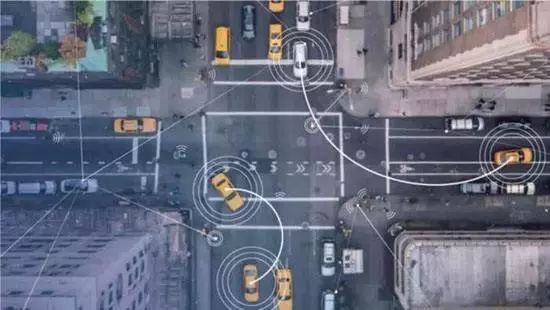
Vehicle networks have shown good development momentum in recent years. The deployment of 5G technology and more efficient data transmission capabilities allow massive amounts of data generated during vehicle operation to be connected in real time. The smaller size and higher computational efficiency of nano-level chip technology enhance the data processing capabilities of vehicles and networks. Everything is rapidly moving in a positive direction. Are there no constraints on the future development of vehicle networks? No, data barriers are becoming a significant obstacle to vehicle networks. In fact, data barriers are a major hindrance to the development of the entire internet. Recently, an article titled “The Death of Baidu’s Search Engine” quickly resonated widely, but beneath the inefficiency of search engines lies the issue of data barriers between internet companies. Humans are increasingly aware of the extraordinary value of data, and therefore, for commercial competition, it is inevitable to “protect” the data they possess.
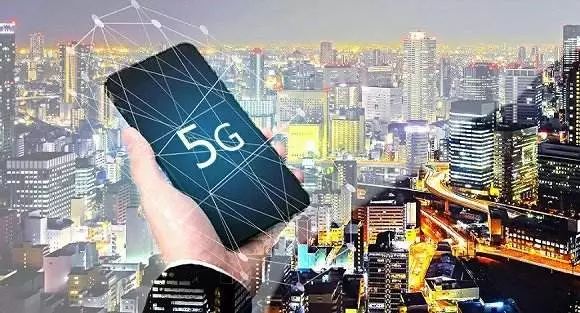
Perhaps ten years ago, humans would not have thought that some of the internet data generated by their daily activities would become the valuable resources fiercely contested by today’s internet giants. Similarly, ten years ago, vehicle owners would not have imagined that their travel data would become precious resources for today’s automotive research and development companies. Tesla strives to sign agreements with every vehicle owner to share travel data recorded by onboard sensors and driving computers, as do General Motors’ OnStar, Google, and Baidu’s navigation maps. For thousands of years, the resources humans cared about were all centered around “survival”: food that provides energy for the body, animal skins or silk for warmth, and oil and coal for production energy. However, the resource of “data” seems to be the first to break through the theme of “survival.” It comes from humans’ direct or indirect “production” and serves another entity, which is “AI.” Humans need to feed a large amount of data to artificial intelligence. For thousands of years, humans have been consumers in the food chain. Perhaps in the future of the automotive field, humans will first become “producers” in the food chain.
Vehicle Networks and Intelligent Co-Drivers
Similarly, the biggest problem humans face in the in-vehicle entertainment system field is also the “data barrier.” Whether a vehicle’s operating system is intelligent or not is no longer dependent on software or hardware technology, as the gap in these two areas is not significant, and the benefits are not high. They are far less than the user experience brought by data openness.
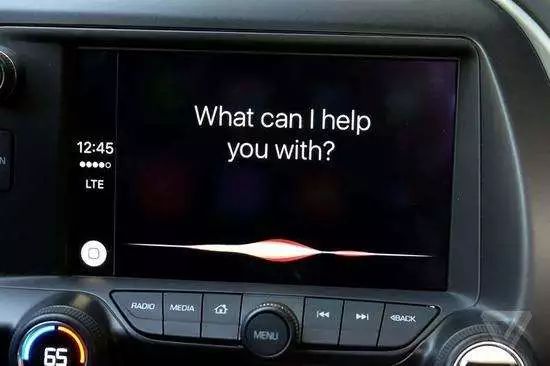
Alibaba and Tencent’s in-vehicle OS are smarter than Carplay, not because Alibaba and Tencent have stronger software and hardware than Apple, but because they have greater data access permissions. Carplay allows Siri to make calls, play songs, or navigate. But the in-vehicle OS can not only achieve these but also control windows, air conditioning, and seat heating. Furthermore, through collaboration with BMW, Alibaba has integrated Tmall Genie into BMW’s “Intelligent Co-Driver,” which can not only open automotive traffic data but also household data, allowing control of home appliances from the car. This is just the beginning; in the future, consumption data will also be opened up, and the car can provide suitable shopping suggestions, as well as open office data to arrange your schedule for tomorrow.
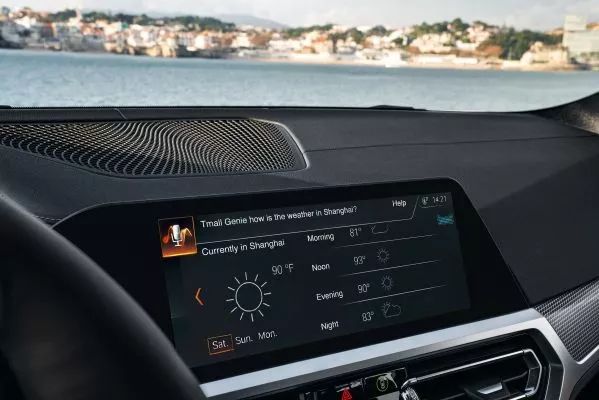
The current exploration at the edge of the “data barrier” is just the beginning. The development of vehicle networks will inevitably open up the tightly held data resources of various companies layer by layer, transforming from distributed to centralized. At that time, it will not just be vehicle networks but the Internet of Everything—”the omnipotent network”—gathering data from various aspects of life to provide everyone with the most intelligent and understanding integrated services. The AI in devices such as smartphones, cars, and smart homes will be the same, possessing not only vehicle control permissions but also home control permissions, understanding you better than you understand yourself, and knowing what you need to do next.
Vehicle Networks and Sharing
According to the trend of data changing from distributed to centralized, sharing will undoubtedly be the future form of automobiles. The current collapse of shared vehicles is merely due to the timing being wrong and is simply a product of overcapacity in the automotive industry, lacking an objective environment for development. As the maturity of intelligent driving and vehicle network technology increases, humans will lose the desire to own a car. Everyone will only need a dedicated “intelligent co-driver” that can enter any vehicle, allowing the intelligent co-driver to take over the shared vehicle to meet transportation needs.
This concludes the exploration of vehicle networks. Do you have any additions?


